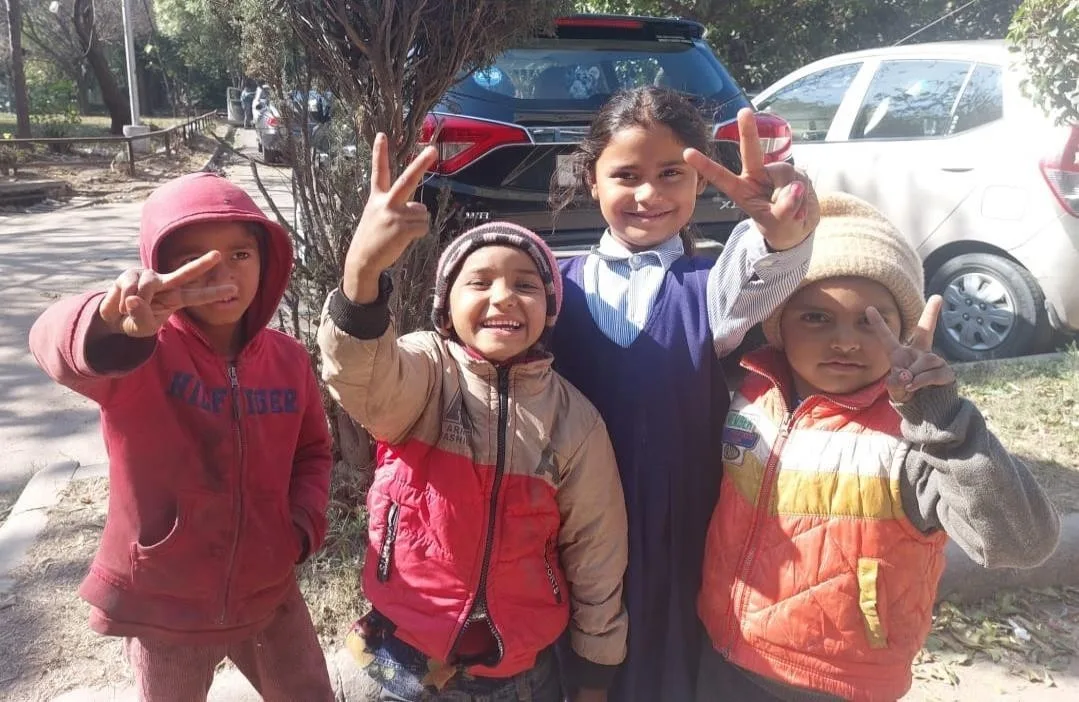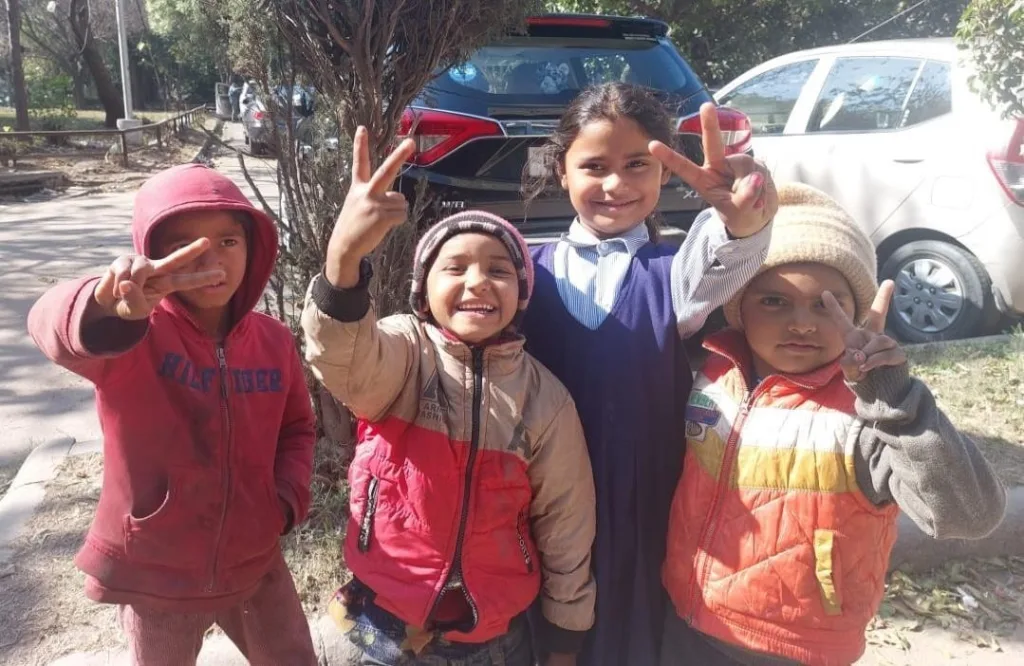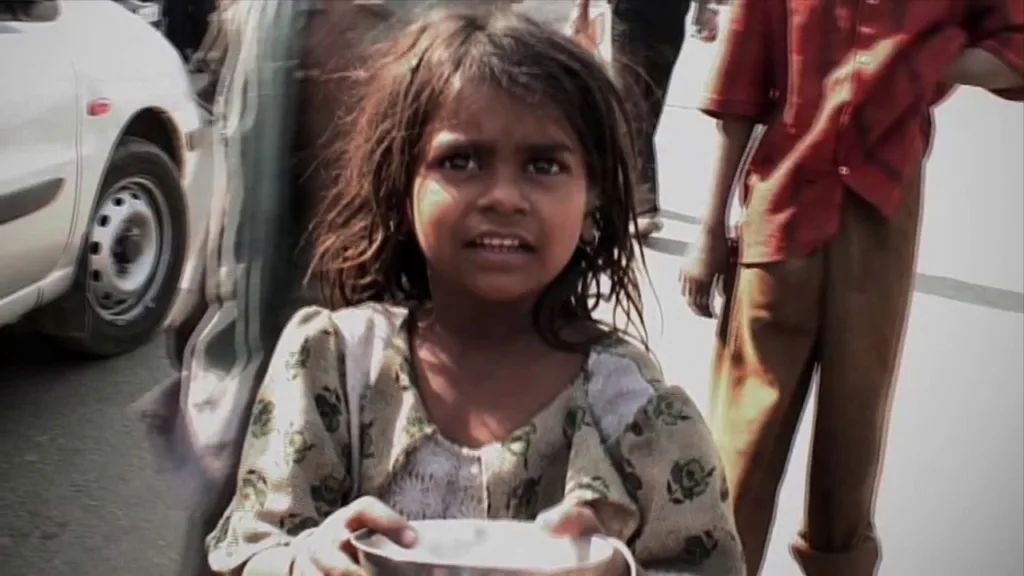
Violations of Human Rights of Children in India: Addressing the Silent Crisis

Beggary is not a new problem. Since ancient times, begging has been a customary occupation
in India. According to Hindu tradition, charity is one of the noblest of human characteristics (Dhruvasan 1963, 10-12). During Ramzan, Muslims practice ‘Zakat,’ or almsgiving (Ramadan). Giving to the needy is seen as one of the highest forms of charity.
The utmost responsibilities for any Christian. Begging by holy men is valued in Buddhism because it is thought to teach them humility and help them to break free from all sorts of material bondage.
Many people, however, believe that beggars are undeserving of assistance and that their begging behaviour is the outcome of pathological, self-induced, and self-selected situations (Esmond 2002, 63-86; Wilson 1991, 14-19). While some people “choose the lifestyle,” the great majority beg owing to a lack of other options (Khan, Jabir Hasan; Ahmed Menka and Nisar, 2013, 114-119).

Beggars are part of a larger problem of street homelessness and are among the most vulnerable persons in our society (CRISIS, 2003). Those who are homeless and living on the streets are the most stigmatized and socially invisible among the urban poor. The urban homeless in India is a diverse set of people ranging from recent migrant workers to those with a range of disabilities (including mental illness).
A review of the available literature reveals that research studies on the problem of beggary
were conducted beginning in 1945. Kuma Rappa (1945) addressed various aspects of beggars in his edited book “Our Beggar Problem:
How to Tackle It,” in which specialists from various fields (Cama; Mukharjee; Gupta; Bhatia; Moorthy; Mehta and Titus; Bulsara; and Barnabas) discussed the problem from various angles, such as Types of Beggars; Causes of Begging; Mental traits of Beggars; Beggars-
A Threat to Public Health; Organizations of Professionals Among Beggars; Historical Overview; From Charitable Giving to Social Work; Beggary Related Legislation; and Call for Social Security to Prevent Pauperism.

A survey of 200 beggars was conducted in Lucknow in 1947. The survey found that the majority of beggars were poor rural migrants, the elderly, the disabled, and women and children who were even more vulnerable. Gore et al. (1959) conducted an empirical investigation and analysis of the nature of the beggar problem in metropolitan Delhi.
In order to understand the causes, types, and scope of the beggar problem as well as potential solutions for their rehabilitation, Moorthy (1959) conducted a pilot study of the typology of beggars in Greater Bombay.
The beggar problem in the twin cities of Hyderabad and Secunderabad was studied in 1980 by the Directorate of Women and Child Welfare in Andhra Pradesh. In 1983, Das evaluated the beggar problem in Tirupati. In 1987, Chaudhuri described the social situation of the beggars of Kalighat, a well-known Hindu pilgrimage in Calcutta.
STUDIES EXCLUSIVELY FOCUSED ON CHILD BEGGARS
In addition to contributions from various authors on various topics related to beggary, the
The National Institute of Social Defence organised a national seminar on “Problems of Beggary: Realities, Challenges, and Interventions” in February 2009 in Calcutta.
In this section on child beggars, only one paper by Sultana (2009) was based on an empirical study done specifically on the problems of child beggars. She interviewed 50 young beggars from Delhi’s North district for a quick study.

According to her research, 82% of the children begging were between the ages of 6 and 12 and were mainly seen on Tuesdays and Saturdays. Sixty-seven of their four siblings engaged in begging as well. 86 per cent of them belonged to that they lived in a nuclear family and their places of begging and work did not coincide. One of these was the addition of a new section 363-A that provides severe punishment for kidnappers in the Indian Penal Code.
A committee was established to oversee efficient enforcement and thoroughly examine every aspect of kidnapping. Therefore, in order to assess the issue in its proper context The Central Bureau of Correctional Services, Delhi’s Director Jyotsna H. Shah spent four years (1964–1967) looking into actual occurrences before publishing his findings in the book “Begging by Children – How Many of them are Kidnapped?” in 1979.
The Committee made the decision to examine the data on child begging because it was believed that the problem of kidnapping children for the purpose of begging was a symptom of the larger issue of begging in general and child begging in particular.
Even though one of the most common forms of child exploitation, begging can have a catastrophic impact on children’s development and even their own lives, society, as a whole, fails to properly encourage institutions to address the problem for the benefit of the kids. While there are few civil society organizations tackling the issue (c/f. regional report on prevalence, prevention, and suppression of Child Begging, Save the Children, December 2011), competent authorities rarely perceive it as a high priority 6 for their activities.
ANALYSIS OF THE ESSENTIAL CHARACTERISTICS
THE EXTENT OF THE PROBLEM OF CHILD BEGGARS IN U.T. CHANDIGARH
According to the Juvenile Justice (Care and Protection of Children) Act of 2000, child beggars have been deemed ‘children in need of care and protection’. I attempted to obtain government figures from the Child Welfare Committee to determine the number of child beggars processed under the J. J. Act but was told that among the diverse groups of children that are considered under the ‘need for care and protection’, a separate categorization of Child Beggars was not conducted.
According to research, relevant organizations do not record child begging cases in different categories. As a result, precisely determining the scope of this occurrence is impossible. The lack of child begging registers, as well as the inaccuracy and unreliability of child begging data available with appropriate agencies, institutions, and organizations, complicates and obstructs the possibility of taking organized, concerted, and coordinated action to combat, prevent, and eradicate child begging as a form of child abuse and exploitation.
As a result, my study conducted a fast headcount to establish at least a general estimate of the magnitude and scale of the problem in U.T Chandigarh.







